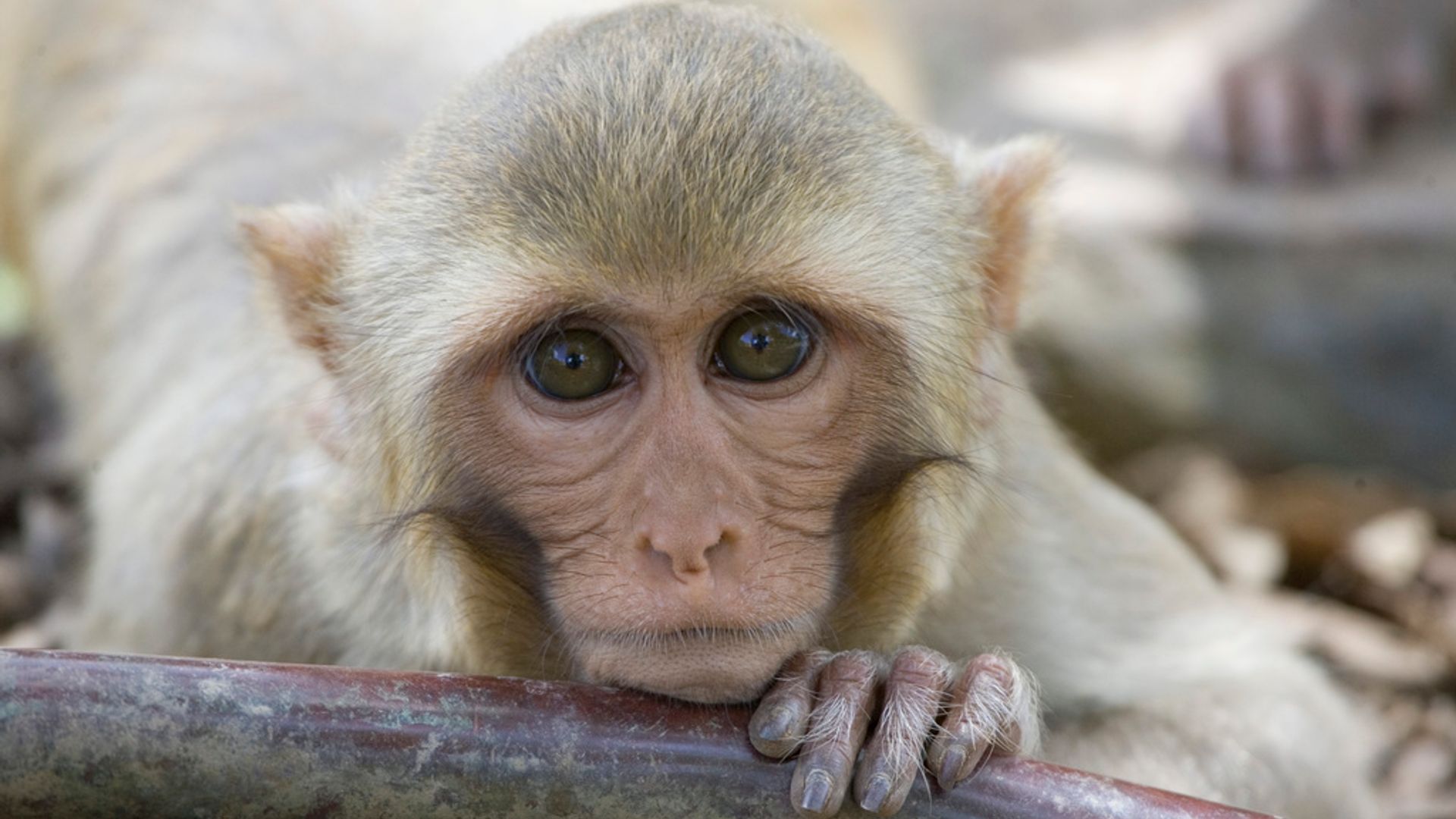
When I purchased a magnifying lens for my camera a few months ago, it was with the idea of photographing small insects. Never did I imagine its first use would be photographing edible insects on my dinner plate.
Turns out the lens was perfect for capturing detailed images of the dishes during an evening of gourmet entomophagy at the Maine Tasting Center on Saturday in Wiscasset.
Organizers billed it as the opportunity to try out a whole new culinary experience. Since entomophagy is the practice of eating bugs and other somewhat creepy-crawly ingredients, it was indeed a new and somewhat intimidating culinary excursion.
At the same time, it was a serious one.
It’s estimated about 80 percent of the world’s population are insectivores — people who eat insects as part of a regular sustainable and high-protein diet, according to Shawn Duffy, co-founder of Invertebration. The Athens-based company promotes and sells various forms of mealworms for human consumption.
There are more than 2,000 edible insect species worldwide on which to nosh.

“This sounds really new age,” Duffy said. “But bugs and insects as a source of protein goes back centuries.”
The mealworms — the larval stage of the Tenebrio molitor species of the darkling beetle — is just one example of what Duffy said is the world of flavors and textures of insect ingredients.
Coupled with the fact that insect protein takes far fewer resources, space and labor to raise compared to more traditional foods like beef or chicken, I was ready to go all in on this gastronomic excursion.
First on the menu was a small hors d’oeuvres of individual thin slices of raw cucumber and radishes topped with a sample of the various insects featured in upcoming menu items.
Earlier in the evening I’d been chatting with the owners of Entosense, a Lewiston company that sells a variety of dried bug-based candies, spices and just plain insects around the country. For Saturday’s event they introduced simple tiny black ants.
Piled on the cucumber slice, they looked kind of like a mound of caviar. An illusion helped by the fact they are sold in jars deliberately designed to look like those used for the expensive roe delicacy.
Susan Broadbent of Entosense described the ants as having a strong peppery-lemon flavor. They most definitely did, and I really liked them from that first sample. Meanwhile, the jury was still out on the “big butt” ants — a Central American leaf cutter species — the mealworms and the crickets.
Next out were tacos. I love tacos in just about any shape or form. But the “metamorphic mealworm tacos” served Saturday night would take some getting used to.

The flavor of the mealworms was quite mild and frankly took a backseat to the avocado, refried beans, cilantro and spices also in the tacos. You honestly would not know they were even there. That is until you saw one or more sort of peeking out from under a cilantro leaf.
Mind over matter. And it did matter since a dried mealworm is more than 50 percent protein — nearly double that of beef. Pound for pound, mealworms require 2,000 gallons less water and only 20 percent of the land needed to raise beef.
As far as Ethan Nurick is concerned, those facts alone make mealworms the natural and logical choice in a world that needs a sustainable food system.
Nurick is the other half of Invertebration, and while he is a longtime fan of edible insects, he confessed he never envisioned a dinner featuring them in the menu being a sellout event.
“Right now it is probably more of a novelty to a lot of people in this country,” Nurick said. “But I really can see it going mainstream.”
Serve me more of the black bean cricket sliders featured in the third course, and I am on board going mainstream.
The slider patty was a mixture of black beans, spices and ground up crickets. It was delicious and my favorite dish of the evening. It was prepared by Robert Dumas, University of Maine food science innovation coordinator and fan of insect-based nutrition.
Crickets also took first place in the amount of protein content coming in at 69 percent. It’s the highest in the edible insect world.

Wrapping up the meal were black ant cornmeal muffins. These were a sort of riff on poppyseed muffins, but instead of the seeds the black specs were bits of the lemony black ants. Tasty on their own, the addition of the whipped honey butter made them even more so.
The general consensus of those attending Saturday’s sustainable supper was bugs and insects can be a part of a regular healthy diet.
Ideas on when that may happen varied from person to person.
“My husband was really enthused about coming for this so I came for him,” Richele Chatto of South Portland, said. “I did eat all the bugs and was pleasantly surprised.”
She was quick to add that she is not going to rush out and purchase any insect ingredients anytime soon.
Dumas hopes that she, and others, will consider doing so at some point.
“You all ate mealworm tacos tonight,” he said. “You can do anything.”










